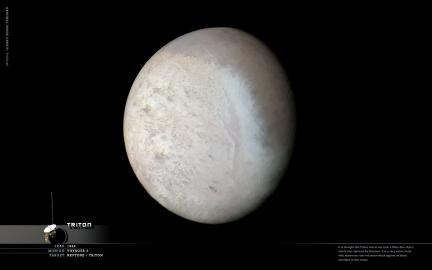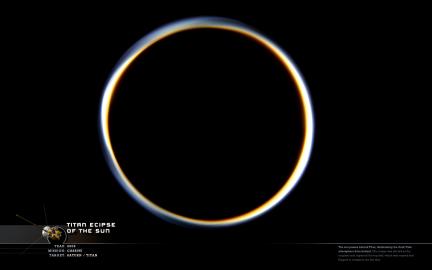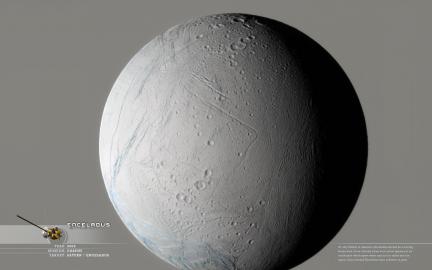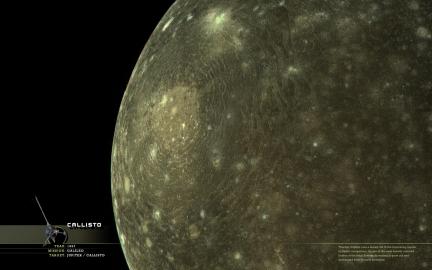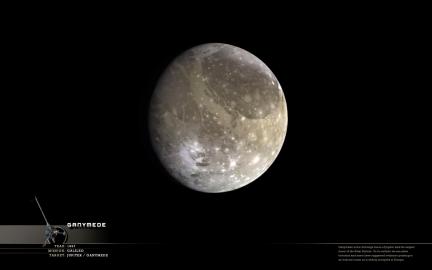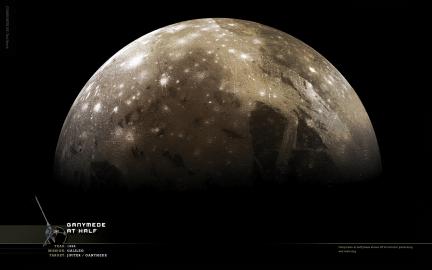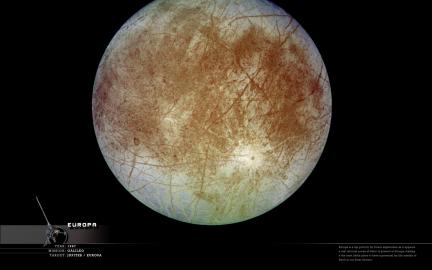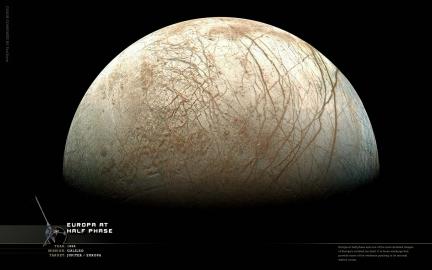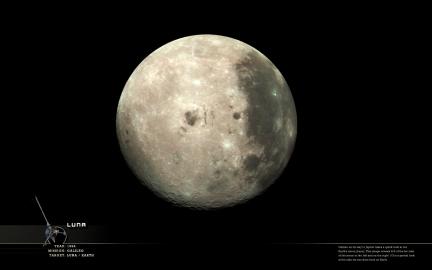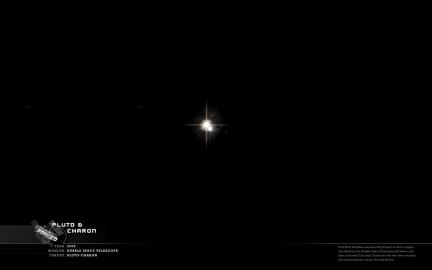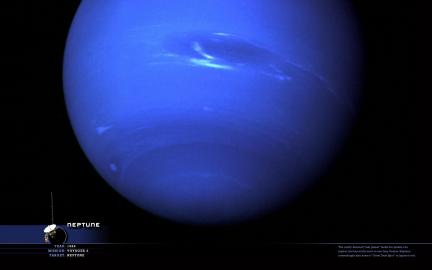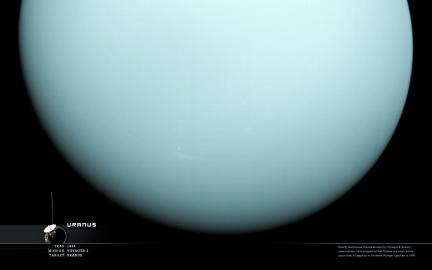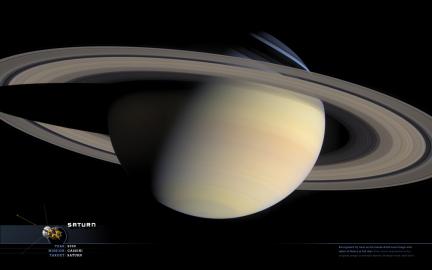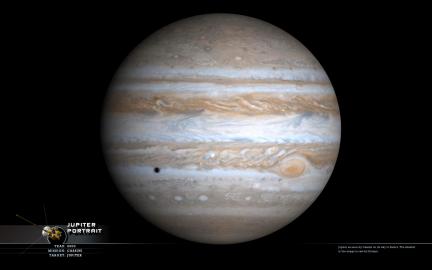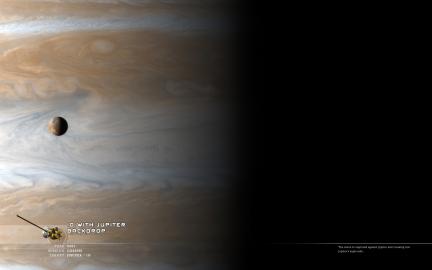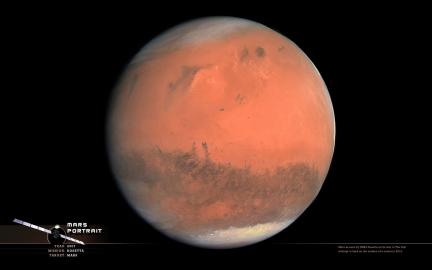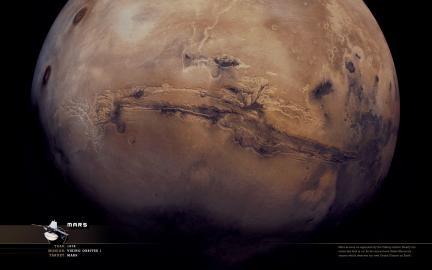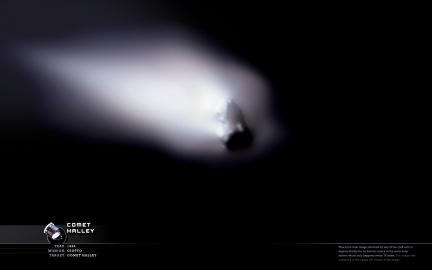 When comet Halley last swung into the vecinity of the inner solar system, it was one of the lesser impressive apparitions in probably hundreds of years. In previous visits, the Halley either fascinated or horrified people everywhere. It was, as I would imagine, an object one could not ignore hanging in the sky above. Instead of a glorious vision in the sky, 4 independent probes were launched for the historic event to see what Halley was really all about.
When comet Halley last swung into the vecinity of the inner solar system, it was one of the lesser impressive apparitions in probably hundreds of years. In previous visits, the Halley either fascinated or horrified people everywhere. It was, as I would imagine, an object one could not ignore hanging in the sky above. Instead of a glorious vision in the sky, 4 independent probes were launched for the historic event to see what Halley was really all about. 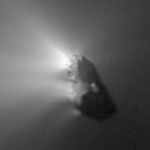 The one that returned the best images was the European Giotto probe which got in pretty close and returned the above image.
The one that returned the best images was the European Giotto probe which got in pretty close and returned the above image.
IMAGE NOTE: The image above is one rarely posted and may be a more recent “clean-up” version of the one more commonly seen when doing a google search for comet halley (seen at left here). The only alterations I made to this was to extend the slight haze beyond the tail so that it runs off the upper left hand side of the cropping. Color is ever so slightly enhanced from the original. Now whether or not the original was enhanced… that I don’t know.
